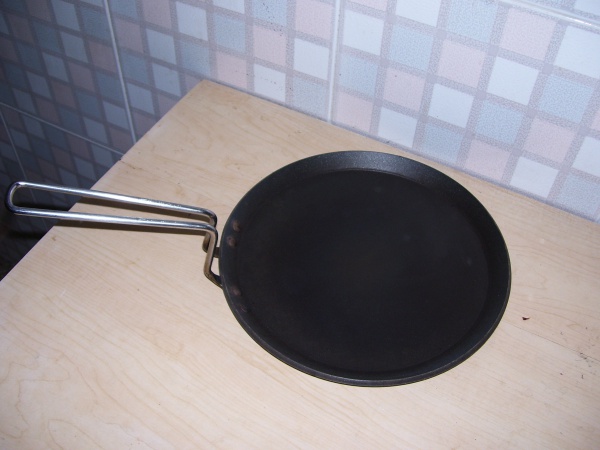Facts About Tava
A tava, also known as tawa, tapa, saj, or saj tava, is a versatile cooking tool prevalent in many kitchens across Central, West, and South Asia, as well as in the Caucasus, Caribbean, and Balkans. This flat or slightly concave frying pan or griddle is typically crafted from materials like cast iron, aluminum, or carbon steel and may come with an enamel or non-stick coating.
The larger, concave versions of the tava, often referred to as saj or sac tava, can be flipped over to cook flatbreads on the convex side, while the concave side functions like a wok or frying pan.
The term "tawa" is common in Indo-Aryan languages such as Punjabi, Hindi, and Urdu, where it simply means a cooking pan. It has linguistic counterparts in Persian ("tāve"), Georgian ("tapa"), Arabic ("saj"), which means sheet-metal, and Turkish ("saç"). In Bosnian, Croatian, Serbian, Romanian, and Turkish, "tava" refers to any type of frying pan. In Serbia and Bulgaria, flat ceramic "sač" or "sačè" are used for tabletop cooking, while "tava" usually denotes metal baking dishes with sides. In Pashto, it is known as Tabakhey.
A tava or saj is ideal for baking a variety of breads and pancakes, both leavened and unleavened. This includes popular items like pita, naan, saj bread, roti, chapati, paratha, dosa, and pesarattu. In rural Pakistan, large convex saj pans are often used to cook multiple breads simultaneously or to make the thin, soft rumali roti.
Whether you are preparing a traditional meal or experimenting with new recipes, a tava is a fantastic addition to any kitchen.

 Bulgaria
Bulgaria